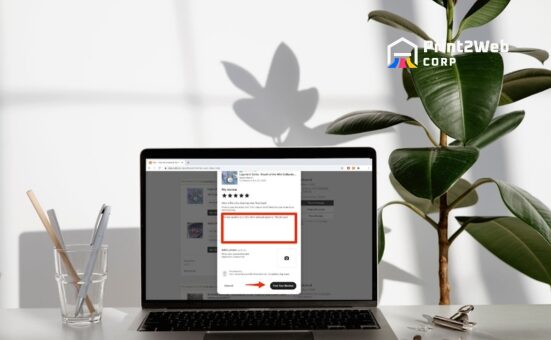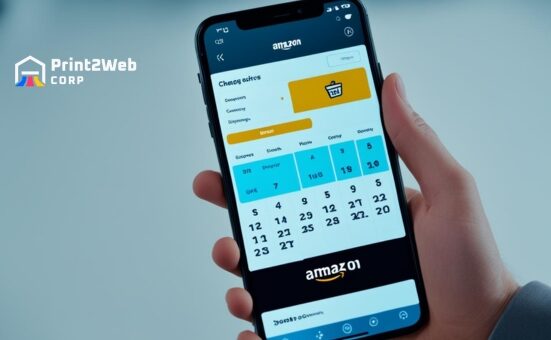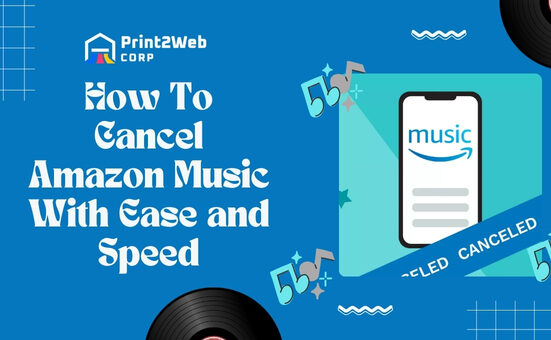Have you been wondering how to get more eyes on your products and really get your Shopify store buzzing? Well, you’re not alone! Many store owners are on the hunt for the secret sauce that skyrockets their businesses. The key? Knowing how to promote your Shopify store effectively. Sit tight because I’m about to unveil some insider tips that could transform your online shop from a hidden gem to the talk of the town.
Starting a Shopify store is quite exciting, but attracting customers can be a challenge. So, what’s the magic trick? There is no one-size-fits-all solution, but combining a variety of strategies, such as optimizing for search engines (hello SEO!), creating compelling social media content, leveraging influencers’ power, and engaging with customers through smart email marketing, can set you up for success. Each piece of this puzzle helps build a strong foundation for not just attracting visitors but converting them into loyal customers.
What You Will Learn Here
- Prime Strategies to Skyrocket Your Shop’s Visibility
- No-Fail Techniques to Attract More Shoppers
- Easy Tips that Turn Browsers into Buyers
- Top Tricks for Turning Up Your Online Heat
- Essential Know-How for Making Your Store a Sensation
Introduction to Promoting Your Shopify Store
Promoting your Shopify store is essential for attracting more visitors and converting them into customers. With the right strategies, you can increase your sales and bring more traffic to your online shop.
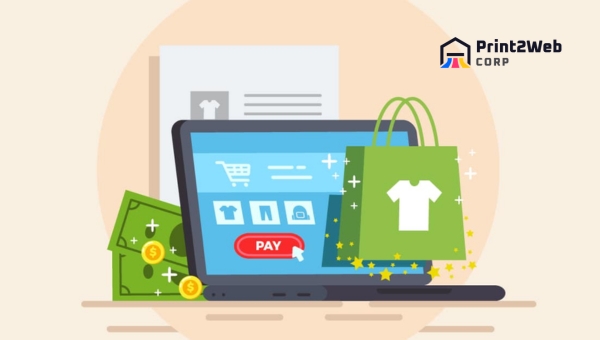
It’s not just about having great products but also about how you present them, the experience customers have on your site, and how appealing your prices are.
Creating Compelling Product Listings
To attract buyers, every product in your store needs a compelling listing. This means you should use clear and simple language to describe each item. Tell potential buyers what makes your product special or different from others like it. Make sure to include high-quality pictures that show the product from various angles so customers can get a good look at what they’re buying.
But having a good description and pictures isn’t enough on its own. You also need to think about search words people might use when looking for products like yours online. By including these keywords in each listing, it’s more likely that people will find your products when they’re searching on the web. Always check for mistakes before posting a new product listing because errors can make shoppers trust you less.
Enhancing Your Store’s Design and User Experience
A store that looks nice and is easy to use can make a big difference in how long people stay and whether they decide to buy something. Think of visiting an online shop like walking into a real-life store – everything should be organized in a way that makes sense and helps customers find what they’re looking for without any hassle.
Start by making sure that all of the text is easy to read against the background color of each page, including menu items presenting different sections or categories of products being sold on the site. Also, have someone who doesn’t know much about technology try using your site; their feedback might help you see problems with navigation or design you didn’t notice before.
Implementing Effective Pricing Strategies
To competitively price products while still ensuring profitability requires thoughtful planning:
- Set competitive prices: Research what similar stores charge but ensure you cover costs and maintain healthy margins.
- Bundle products: Offer discounts on bundles or sets encouraging customers to buy more at a perceived value.
- Psychological pricing: Use prices like $19.99 instead of $20 which psychologically appears cheaper encouraging more purchases.
- Limited-time offers: Flash sales create a sense of urgency but use them sparingly so they retain their effectiveness in attracting quick decisions from buyers.
Pricing strategy execution plays a crucial role in attracting cost-conscious shoppers without compromising revenue goals too significantly—the balance being key here so prices are appealing yet profitable.
Each of these strategies plays an integral role in not just drawing traffic but converting visits into sales through thoughtful engagement at every step of the buyer’s journey—turning casual browsers into loyal customers over time.
Also Read: How to Freelance as a Student? – Insider Tips for Success
Driving Traffic to Your Shopify Store
Attracting more visitors to your Shopify store is crucial for increasing sales and growing your business. There are several effective strategies you can employ to boost your store’s visibility and attract a larger audience.
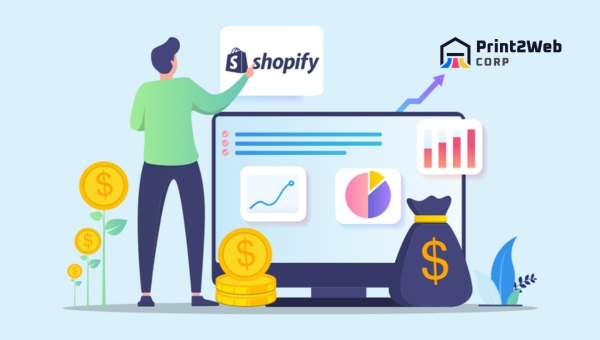
Leveraging Social Media Marketing
In today’s rapidly evolving digital landscape, leveraging social media marketing to promote your Shopify store is more crucial than ever. This approach allows brands to tap into vast audiences across platforms such as Instagram, Facebook, and Twitter, utilizing their unique features to enhance engagement and drive sales.
By creating compelling content that resonates with your target audience—be it through eye-catching visuals, engaging stories, or exclusive promotions—you can significantly amplify your online presence. Utilizing targeted ads on these platforms also enables you to reach potential customers based on specific demographics, interests, and purchasing behaviors, providing a tailored marketing strategy that boosts conversion rates and fosters brand loyalty.
In addition to organic content and targeted advertising, engaging directly with your audience through social media platforms offers an invaluable opportunity to build a community around your Shopify store. This includes responding timely to comments and messages, encouraging user-generated content through hashtags or contests, and consistently sharing behind-the-scenes content to establish transparency and trustworthiness.
Influencer collaborations can further extend your reach by introducing your products to new but relevant audiences in an authentic manner. By strategically leveraging these various aspects of social media marketing, you can create a cohesive online identity that not only attracts customers but also encourages repeat business and word-of-mouth recommendations—a critical component in the long-term success of any Shopify store.
Utilizing Search Engine Optimization (SEO) Techniques
Implementing SEO techniques is vital for improving the visibility of your Shopify store in search engine results. This involves:
- Keyword optimization: Incorporate relevant keywords into product descriptions, titles, and website content.
- Image optimization: Use descriptive file names and alt tags for images.
- Content creation: Regularly publish high-quality blog posts or articles related to what you sell.
Optimizing these elements makes it easier for search engines like Google to understand what you offer, thereby increasing the chances of appearing in searches made by potential buyers. Effective SEO attracts organic traffic—visitors who find their way to your site through natural search queries—enhancing both visibility and credibility without added cost.
Running Paid Advertising Campaigns
Paid advertisements are a direct method of driving targeted traffic quickly. Investing in paid ads on platforms like Google Ads or social media enables precise targeting based on interests, demographics, or behaviors aligned with those likely interested in purchasing from you.
The success of paid campaigns largely depends on crafting messages that resonate with the target audience while also highlighting special offers or unique selling points of products available in Your Shopify Store. Also, through careful targeting, paid ads ensure that promotional efforts reach individuals most inclined towards making a purchase —thereby maximizing return on investment. Remember, beyond just attracting clicks, it’s about getting quality leads that convert into sales.
Also Read: eBay vs Amazon Showdown – Which Dominates for Sellers?
Engaging Customers and Increasing Conversions
Engaging with customers and getting them to buy more is a big part of growing any business. This means making sure that people who visit your website or store are more likely to buy something. To do this, businesses can use different methods.
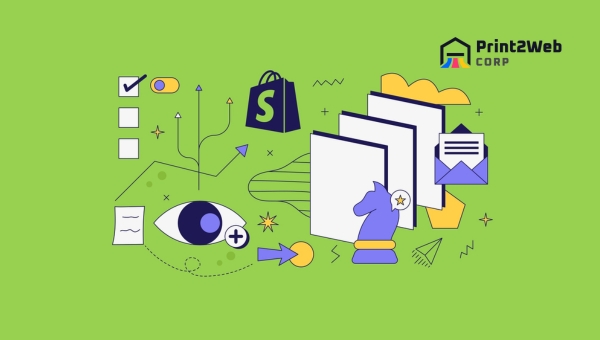
Some popular ways include sending emails with special offers, giving discounts or rewards for shopping, and making sure customers feel heard and helped when they have questions or problems.
Implementing Email Marketing Strategies
Email marketing is like sending letters but through the internet. It’s a way for businesses to talk directly to their customers by sending them emails about new products, sales, or other news. The key is to make these emails interesting so people will want to open them and read what’s inside. For example, a shop might send an email telling customers about a big sale happening soon. This makes customers excited and maybe even mark their calendars so they don’t forget.
Sending regular emails keeps the business in the customer’s mind. It’s important not just to talk about what you’re selling but also share useful information or fun facts related to what your customer likes. This way, when they think of buying something you offer, your business comes first in their thoughts because of those helpful or interesting emails you’ve been sending.
Offering Discounts, Promotions, and Rewards
Giving discounts means selling things at a lower price than usual as a special offer. Promotions can also mean giving extra benefits if someone buys something within a certain time. For instance, “Buy one get one free” is a popular promotion many stores do to make people interested in buying more stuff because it feels like they’re getting more value for their money.
Giving rewards is another smart move; it’s like saying thank you to customers for choosing your shop by giving them points or special deals after they’ve bought something from you several times. Customers love feeling appreciated and earning rewards while shopping makes them happy; this happiness often leads them back to your shop instead of going somewhere else the next time they need something.
Enhancing Customer Support and Engagement
Good customer support means being there when someone needs help making decisions before buying anything or solving any problems they might encounter after the purchase Engagement, on the other hand, involves actively talking with customers through different channels such as social media platforms where people hang out online
One simple way of better supporting your shoppers could be having an easy-to-reach chat service on your website where visitors can quickly ask questions Having quick answers can remove doubts leading more visitors towards deciding yes on purchasing.
Furthermore engaging with people by responding warmly on social media posts and sharing behind-the-scenes stories from your brand helps to build stronger relationships. Keeping those conversations going keeps interest alive so when the choice-making time comes those engaged likely pick you over another due to remembering pleasant interactions
Leveraging Partnerships and Collaborations
Working together with other people or companies can be a really smart way to grow your business. When you join forces, you can reach more customers, come up with better ideas, and make your products or services stand out. There are many ways to do this, like working with people who have a lot of followers online, teaming up with brands that sell different but related products, or joining groups and marketplaces that help businesses support each other. Let’s look at some specific ways you can use partnerships and collaborations to your advantage.
Partnering with Influencers and Affiliates
Working with influencers is like getting a popular kid in school to say nice things about you. Influencers have lots of followers on social media who trust their opinions. So when they talk about your product, people listen. You can give these influencers a special link or code for your product (Affiliate Program). Then, when someone buys something using that link or code, the influencer gets a small part of the sale as a “thank you” for bringing in new customers.
In another way, doing affiliate marketing is like having lots of mini-partners who spread the word about what you sell. You don’t pay them unless they actually bring in sales which makes it really cost-effective. This method helps expand your brand’s reach because these affiliates will use their own ways—like blogs or social media—to talk about your products within their circles.
Collaborating with Complementary Brands
Imagine if two superheroes teamed up; together they would be unstoppable! This is similar to when two brands that sell different but complementary products work together (cross-promotion). For example, if you sell workout clothes and another brand sells healthy snacks (two complementary products), by promoting each other’s products both sets of customers find out about another relevant product they might like too.
Collaborations between complementary brands open doors to creative marketing campaigns, such as co-creating special product bundles or running joint giveaways on social media platforms which catch more attention than regular promotions.
Joining Shopify Communities and Marketplaces
Being part of Shopify communities is like joining clubs where everyone has similar goals—like selling online successfully. These communities are places where shop owners ask questions, share advice (like how to improve sales through SEO), and support each other online.
By being part of such communities (joining forums,* being active on discussion boards), small shop owners find valuable resources (skills sharing & learning*), get direct feedback from peers (learning from others’ experiences), plus discover new trends popular within e-commerce space—enabling them constantly refine their shops for better customer promotion.
On the side of marketplaces: Listing items on diverse Shopify-supported marketplaces (beyond one’s own website) gets businesses in front of more eyes—leading potentially towards more sales opportunities (widening one’s customer base). Such platforms often provide detailed metrics about customer interests giving insights into what new items might become best-sellers among broader audiences.
Also Read: Lawn Care Business Startup Guide: Tips for Success
FAQs
How can you promote your Shopify store?
Promoting your Shopify store can be done in several ways. You can utilize social media marketing (SMM), search engine optimization (SEO), paid ads, influencer outreach, referral programs, and more to draw traffic to your store.
How do I make my Shopify store popular?
To make your Shopify store popular, focus on improving its online visibility using SEO tactics. Collaborate with influencers and brands who can help boost the awareness of your store. Additionally, creating engaging content for blogs and utilizing multi-channel promotions effectively could play a significant part, too.
How do I get clients for my Shopify store?
Acquiring clients for your Shopify shop requires a well-planned strategy. Consider using PPC ads or social media outreach programs to attract visitors. Utilizing platforms like TikTok for viral content creation and leveraging Google Ads or Meta Ad campaigns are also effective ways to reach potential customers.
How do I attract sales on Shopify?
Sales on Shopify are reliant heavily on promotion tactics. Executing pre-launch viral campaigns or recruiting micro-influencers might increase brand visibility significantly. Post-purchase promotions offering exclusive deals might also stimulate customer spending on your site.
Conclusion
There isn’t a one-size-fits-all approach to promoting your Shopify store. It’s best to try various promotional strategies and see which ones drive the most traffic and convert the best for your specific store. The realm of digital marketing is vast, with many tools and tactics at our disposal.
Remember, consistency is key, be it social media promotion, email marketing, or SEO optimization. Lastly, always keep your audience in mind when crafting promotion strategies; after all, they are the ones who will make or break your Shopify business.


